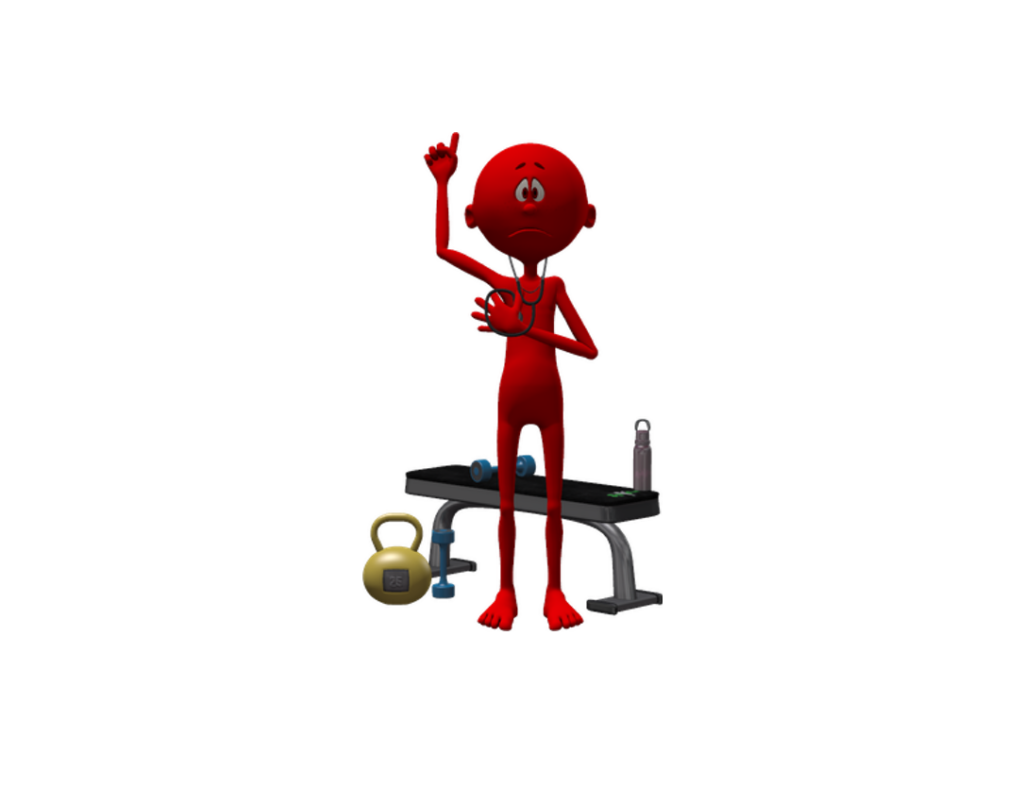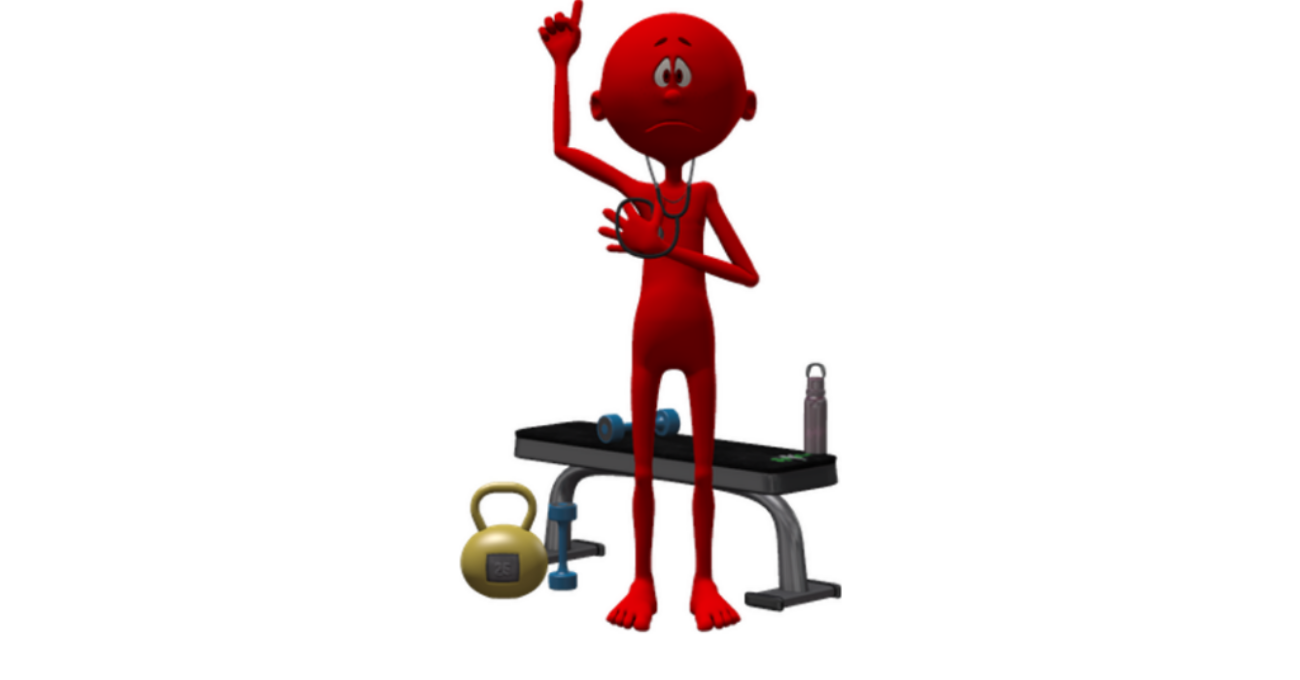Harshening the buzz!
Health harshening the exercise buzz?
With the emergence of the ‘Exercise is Medicine’ (EIM) movement, biomedical models of health have been applied to exercise and physical activity, with seemingly limited success (Halall et al, 2012). The value and benefits of physical activity, exercise, sport and recreation extend well beyond physical measures of health. The risk with medicalising exercise is that it not only neglects elements likely to encourage continued habitual activity, but it can also act as an activity discourager.
Mechanisation, electronic gadgetry, and conveniences of modern living have rendered physical movement less necessary and more discretionary, and this drift towards sedentary lifestyles has been framed as problematic. Halall et al (2012) estimate that over 30% of the world’s population fails to move sufficiently in their daily lives. Historically physical activity trends have come and gone, but the past three decades have seen a sustained and significant surge in the popularity of exercise, to the point where fitness and exercise training have become ubiquitous parts of popular culture. I use ‘popularity’ here with some caution, as interest in fitness trends and the social pressure to comply, has not really translated into widespread participation. Aside from being perceived as ‘trendy’, taking care of one’s health has nevertheless been a significant driver of increased interest in physical activity. The US Surgeon General’s report (1996) linking physical activity and health was a significant catalyst for initiatives like EIM. While not new thinking for Physical Educators, the credibility of the Surgeon General’s office offered a seemingly novel and foolproof mandate for public health. Increase population physical activity levels and health costs would be slashed! Simple!

Some physical educators responded by aligning themselves with more powerful professions like public health and medical sciences, however, there is a sense that EIM has effectively ‘rolled over’ physical education. Although linking physical activity and health was welcomed by many physical educators, some argue that the nature and extent of this association is contrary to physical education’s shared values (e.g. Gard & Wright, 2001). The influence of physical educators is all but absent in most public health initiatives, with other professionals having stepped forward claiming expertise and the mandate to develop physical activity and health policies and advise on guidelines and interventions (e.g. Joy et al, 2013).
Some of us would argue that health and wellbeing have always been infused throughout physical education and EIM has simply reframed and ‘cherry picked’ those connections. The New Zealand school physical education curricula, for example, seems to have been repurposed to carry explicit health messages and help meet physical activity and health guidelines (See Gard & Wright, 2001 and Kretchmar, 2008). Given that shift in objectives, I wonder whether future generations will emerge from school physical education viewing physical activity solely as a means for disciplining the body, controlling weight, and being healthy.
Exercise as a preventative and treatment strategy is an enticing concept and has a lot to offer. However, the EIM approach to activity seems ineffective and potentially counterproductive. We are now more than two decades on from the Surgeon General’s report, yet inactivity levels are if anything marginally worse (Halal et al, 2012). Despite enormous investments of time, resources, expertise and money the EIM movement hasn’t gained any real traction in stemming or reversing society’s avoidance of physical activity. More of the same is unlikely to reverse this trend, so perhaps it is timely to reimagine what more effective physical activity strategies might look like.
Maybe attempts to reanimate society to become more habitually physically active could benefit from embracing some of the broader approaches embedded in physical education; some of the thinking that occurs outside that subset labeled ‘health’, and some of the principles of physical education that EIM have chosen to ignore. Not for a minute do I dispute that habitual physical activity will contribute to, and improve individual and population health, but as a proud physical educator, I take exception when this important human ‘behaviour’ is expropriated and turned into ‘a duty’ that everyone ‘must’ perform for their health. Individuals will respond to messages in different ways and for many, this moral imperative is likely a turn-off.
If EIM advocates could shift focus to frame physical activity as something other than a medical dose, this might go some way towards changing public perceptions and making physical activity more embraceable, palatable and doable. Physical activity should be something that you want to do, rather than that thing you must do. It should be a friend, that an individual is comfortable with and that can be trusted to surprise and create new expectations. Helping individuals discover that physical activity can be fun, relaxing, socially liberating and joyful, might just produce better and more sustainable outcomes than by simply telling them that they need to accumulate at least 150 mins of physical activity a week for their health. The Physical Education approach values the meaningful over the mundane, or as Kretchmar (2012) suggests the serendipitous over the prudent.
Fortunately, we have graduated thousands of physical educators who’ve experienced and appreciated the ‘buzz’. Those graduates are physical education teachers in schools, coaches, fitness instructors, and Green Prescription coordinators working in regional sports trusts. They understand the intrinsic value of exercise, physical activity and play. They recognise that although a brief exercise experience may not have resulted in a 5kg weight loss or an 8 mmHg decrease in systolic pressure, the fact that the individual unplugged and connected with family, friends or newly made acquaintances, spent time in our beautiful outdoors, laughed and smiled and played together – that they did in fact experience the buzz and they will likely be back for more. Maybe stop trying to demonstrate that there is an inactivity crisis and channel some of those $$ millions to fund the work of those worthy exercise professionals.
Physical activity has so much more to offer human beings than just a bio-medical conceptualisation of health packaged as a moral imperative (large words??). The joy of movement has the potential to enrich lives in so many ways, that reducing exercise to something that we must ‘take’ rather than something to cherish, is physical education a travesty. If only those responsible for EIM would reconsider how physical activity, sport and exercise are being promoted and find ways to stop ‘harshening the buzz’!
Best, Phil
